
The Scottish Dirk: A Blade of Honor, Heritage, and Highland Warfare

The Scottish dirk is more than just a knife — it’s a piece of cultural identity, a symbol of Highland pride, and a functional weapon with centuries of warrior tradition forged into its steel. From the battlefields of the Scottish Highlands to ceremonial parades of modern regiments, the dirk has journeyed through time, holding fast to its place in history.
Origins of the Scottish Dirk
The dirk traces its lineage to the early 17th century, evolving from the medieval ballock dagger. As Highland warfare grew more intense and clan conflicts escalated, warriors began to rely on more versatile sidearms. The dirk emerged as a practical and symbolic blade — one that could serve in combat, as a hunting knife, or a mark of noble rank.
By the 18th century, during the Jacobite risings, the dirk had become a common part of a Highlander’s battlefield gear. Paired with the broadsword or claymore, the dirk was a backup weapon for close-quarters fighting. Its long, thrusting blade made it ideal for piercing through thick woolen clothing and light armor.
Design and Craftsmanship
Traditionally, Scottish dirks featured a single-edged blade that ranged from 12 to 18 inches. The handle was often carved from hardwood, like oak or rosewood, and sometimes adorned with silver studs or intricate Celtic knotwork. Guards and pommels varied but were typically minimal to allow swift handling.
The modern dirk, like the 16-inch forged version offered by Everest Forge, maintains this legacy of craftsmanship. Made from hand-forged 5160 carbon steel — often recycled from leaf springs of trucks — these blades are water tempered and sharpened to practical use. The rosewood handle provides a comfortable, secure grip while preserving the traditional Highland look.
Symbolism in Scottish Culture
After the Act of Proscription in 1746, which followed the Jacobite defeat at Culloden, Highlanders were banned from bearing arms — including the dirk. The blade, once a tool of defense and dignity, became a forbidden symbol. But the spirit of the dirk endured.
In the Victorian era, Scottish military regiments revived traditional Highland dress, bringing the dirk back into prominence as a ceremonial weapon. Today, it’s still worn as part of formal Highland attire — a tribute to ancestral strength and loyalty.
The Dirk in the Modern World
While no longer needed for clan battles, the dirk has found new life among collectors, outdoorsmen, and historical reenactors. Its size and build make it a practical bushcraft tool or survival knife. For others, owning a dirk is about preserving a piece of living history — a connection to the Highland warriors of old.
Why the Scottish Dirk Still Matters
Whether displayed with pride or carried into the wilderness, the dirk is a blade that commands respect. It represents not only martial skill but also resilience, tradition, and identity. In every hand-forged edge and polished handle lies a story — one of fierce loyalty, survival, and Highland honor.
Looking for a Real, Functional Scottish Dirk?
Check out the Everest Forge 16-Inch Hand-Forged Scotti

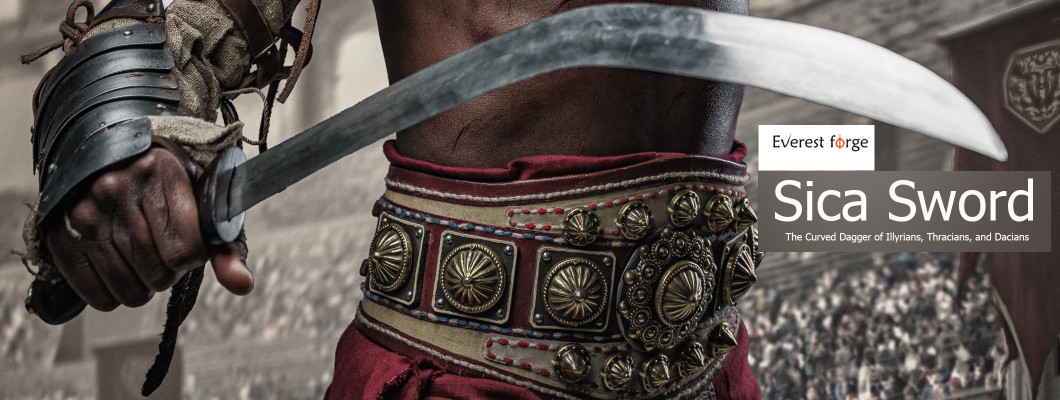

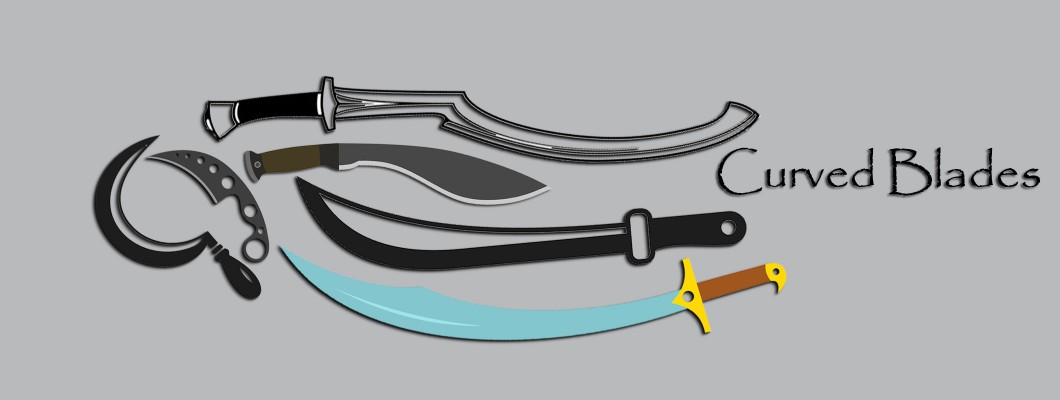
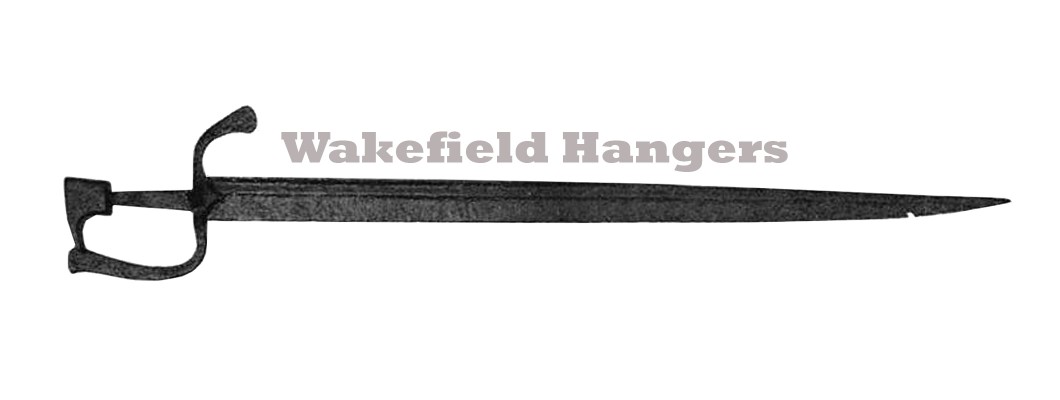
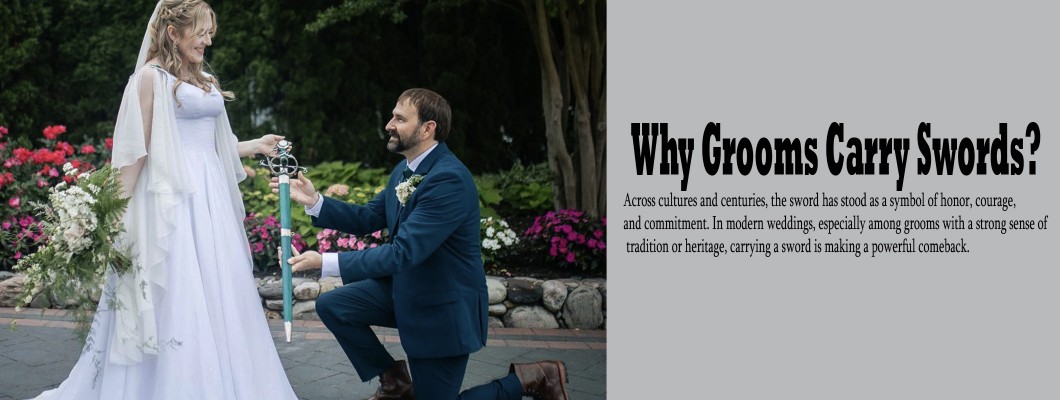
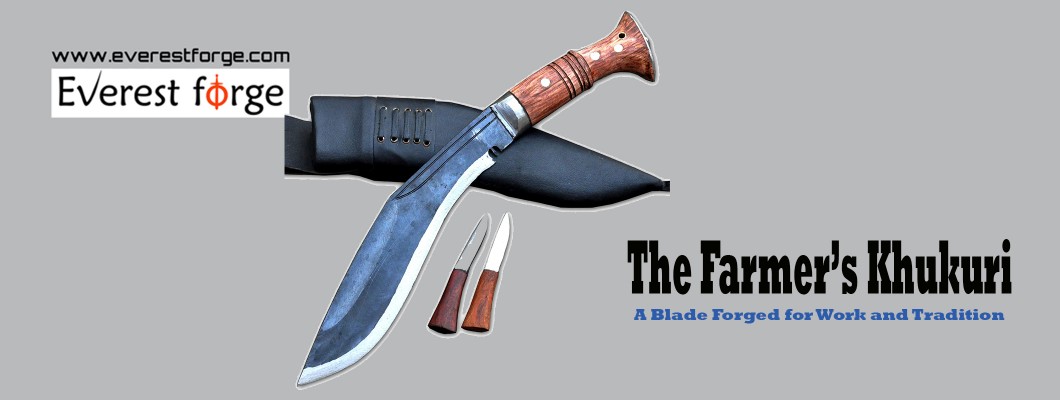
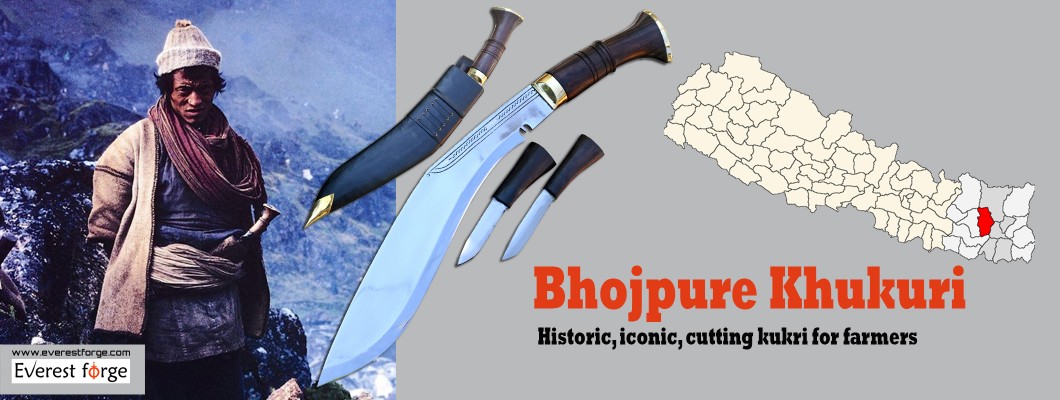
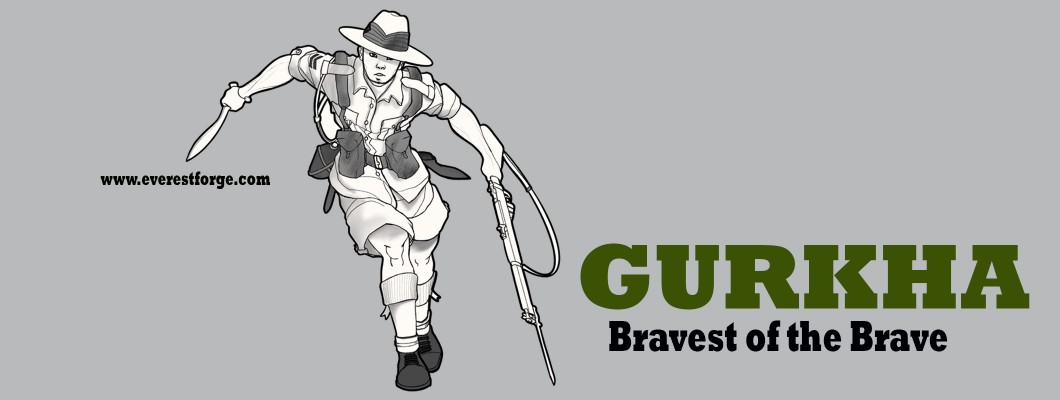
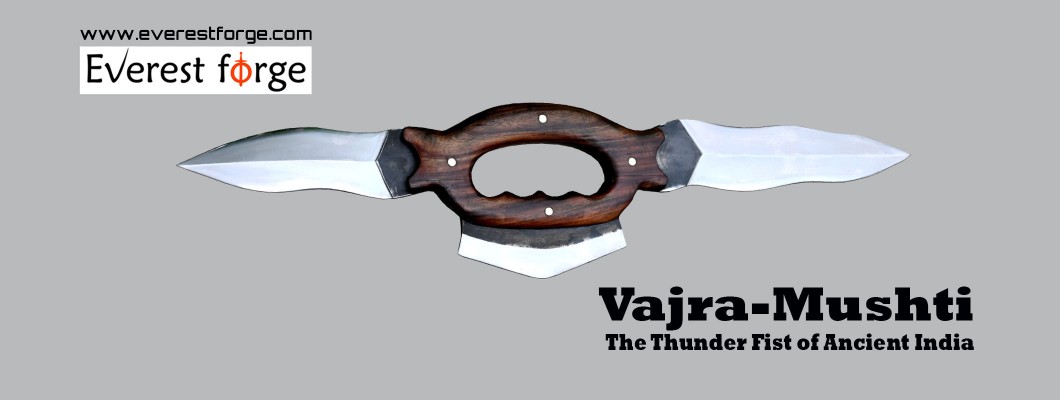
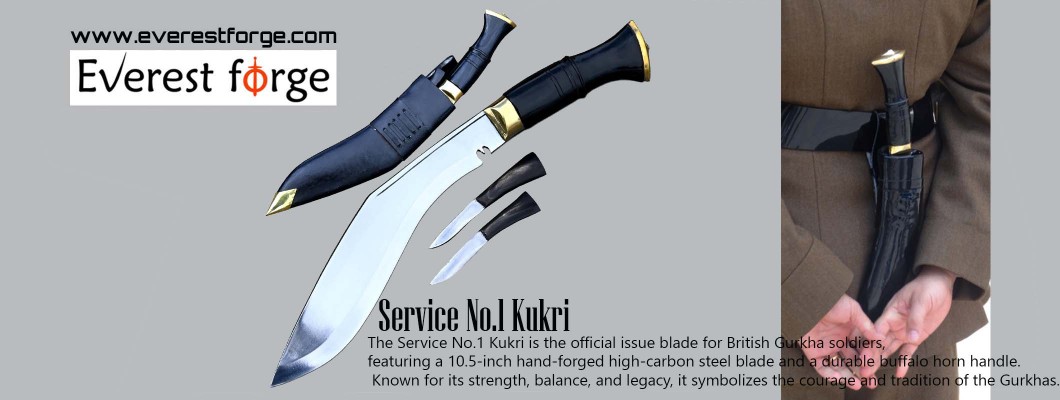
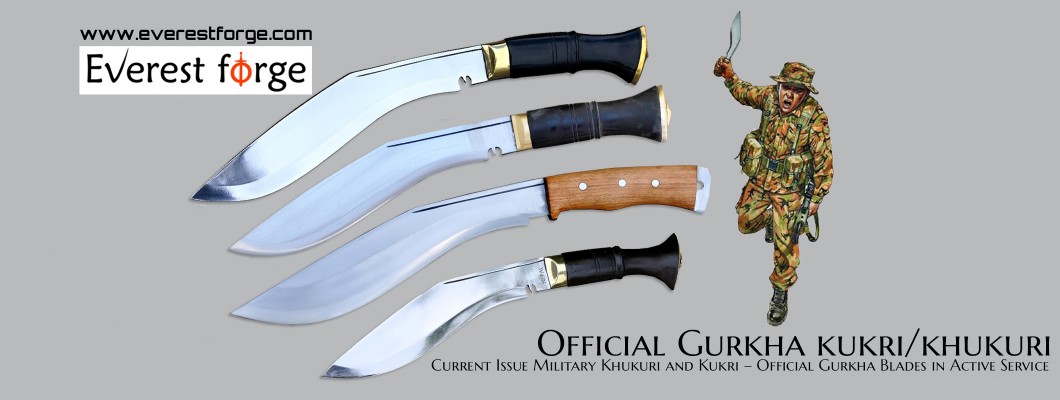
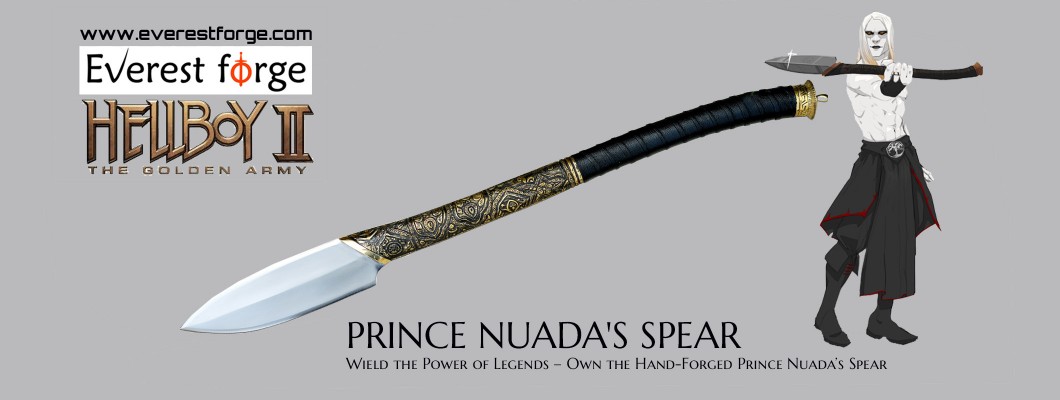

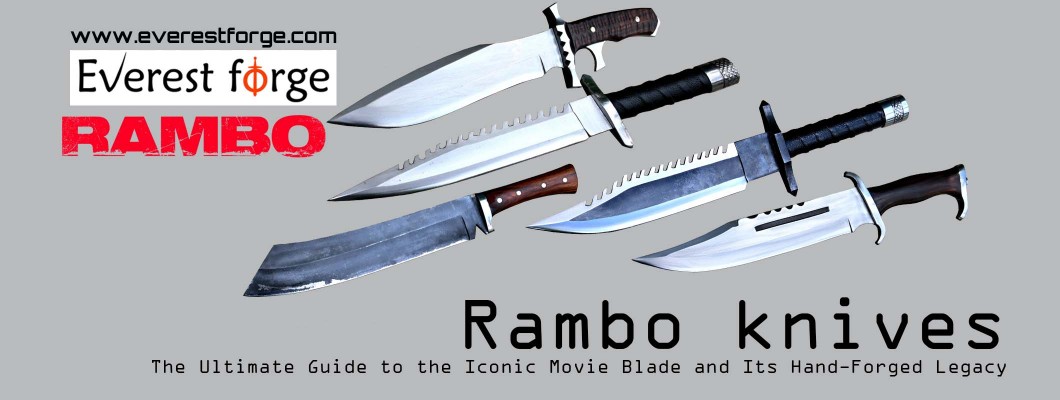




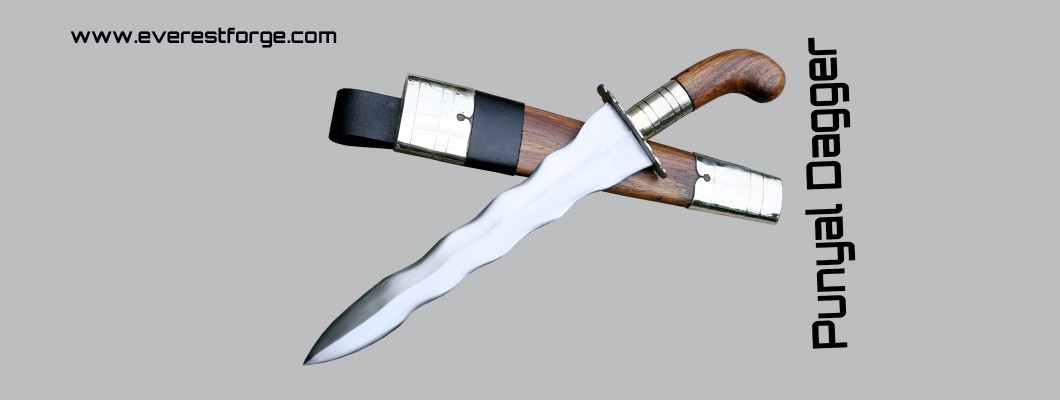
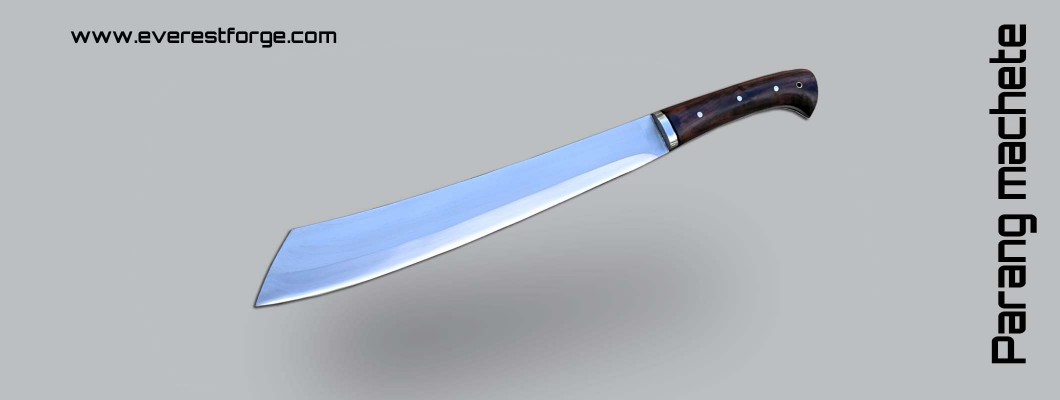
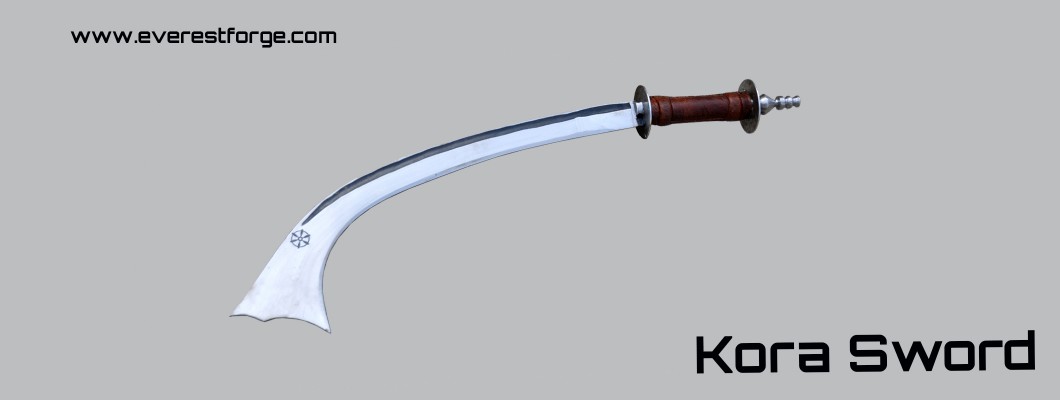
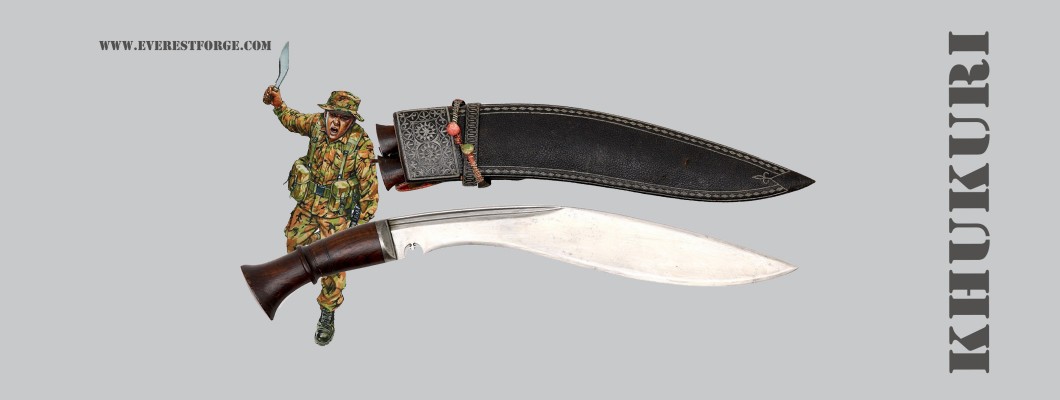
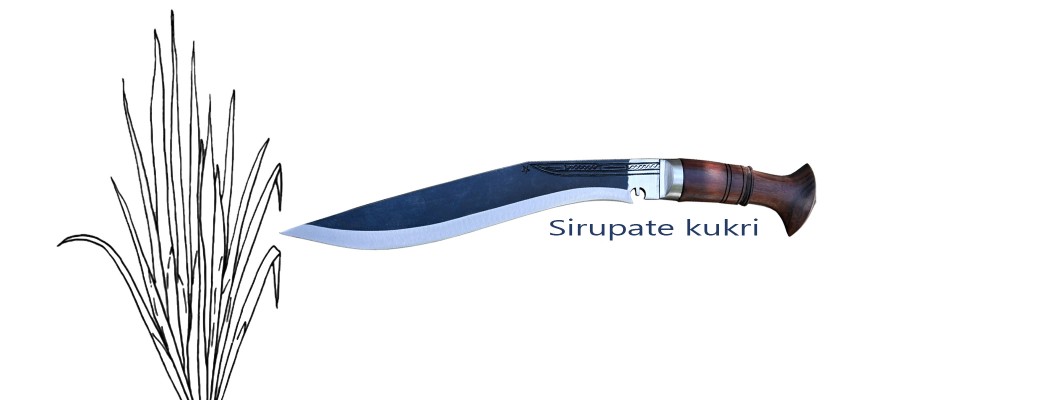
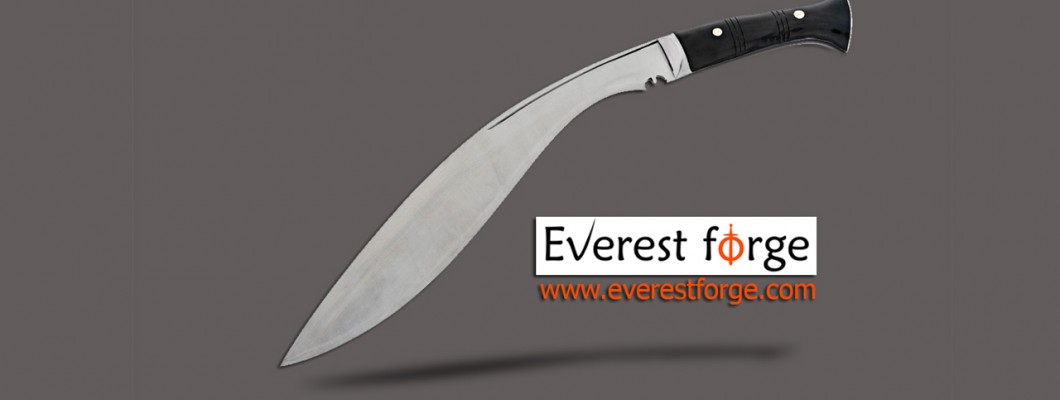
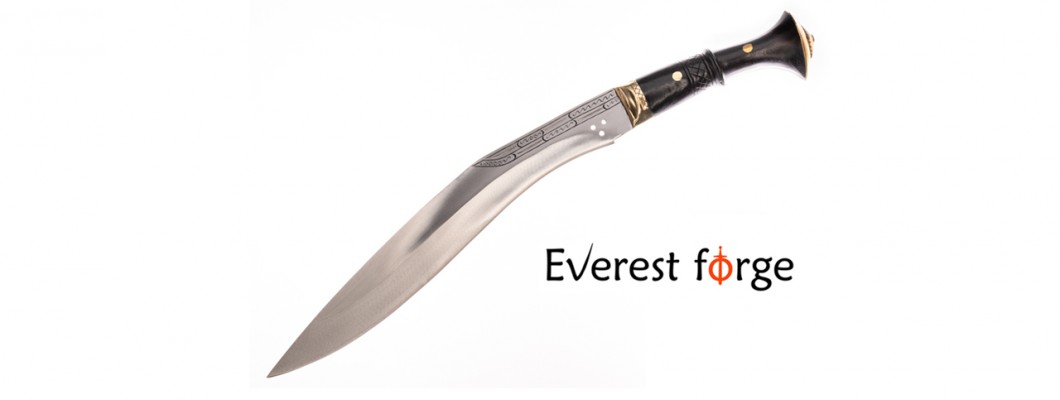
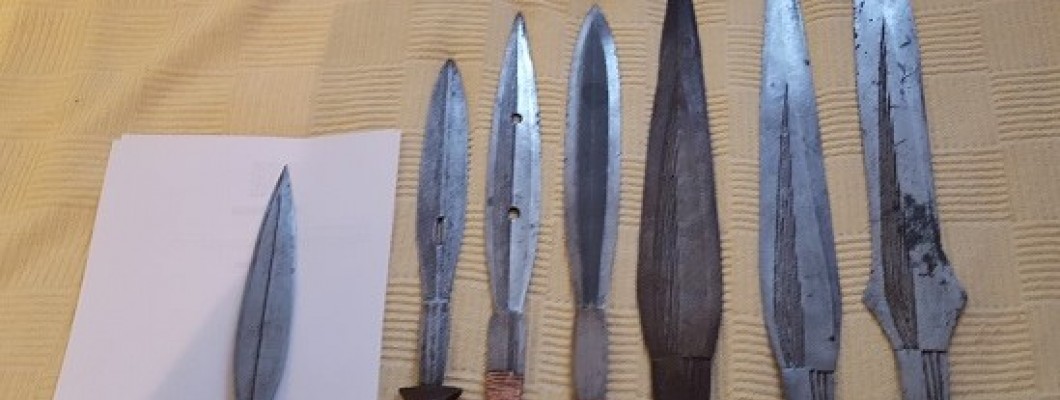

Leave a Comment